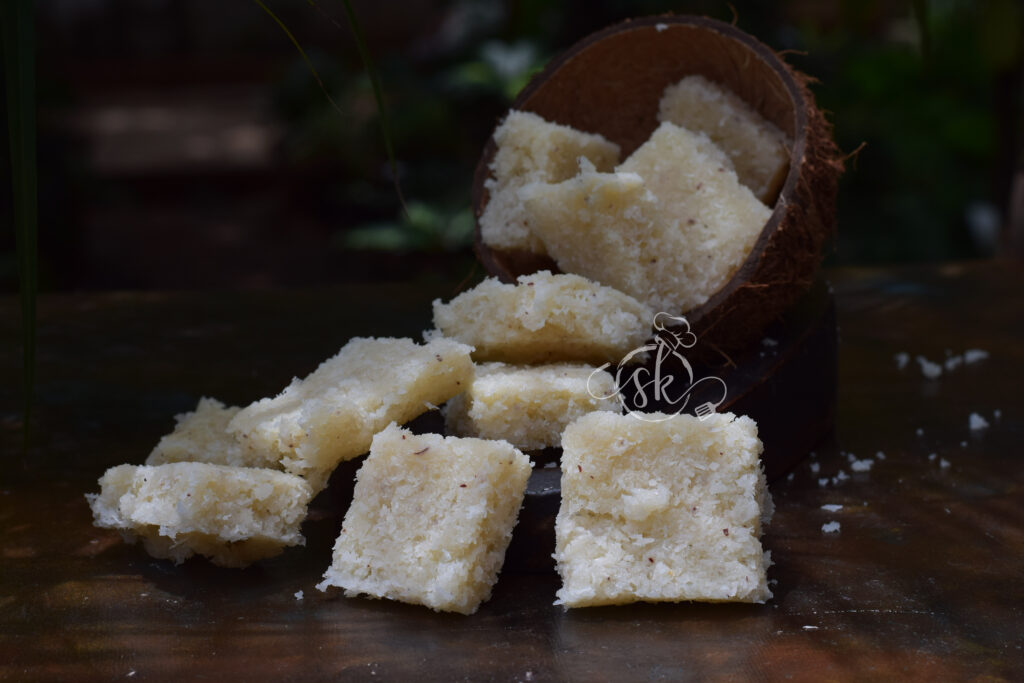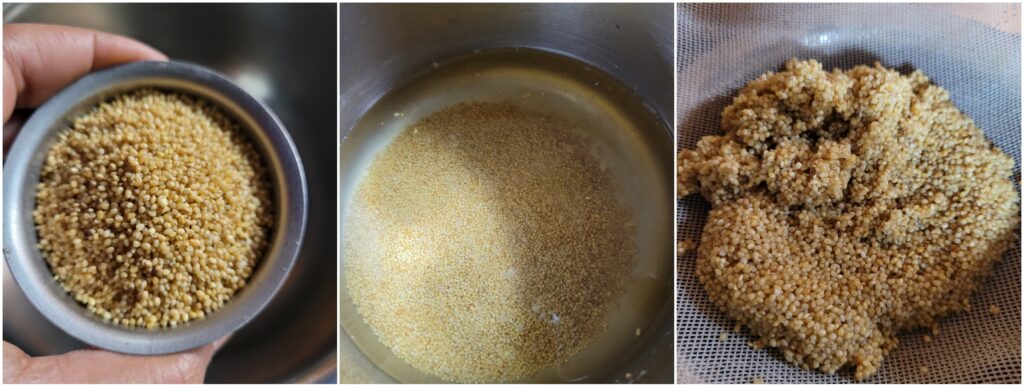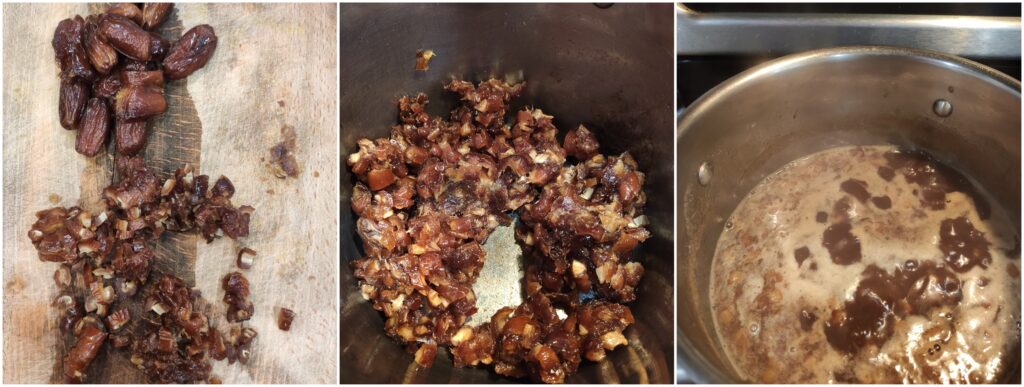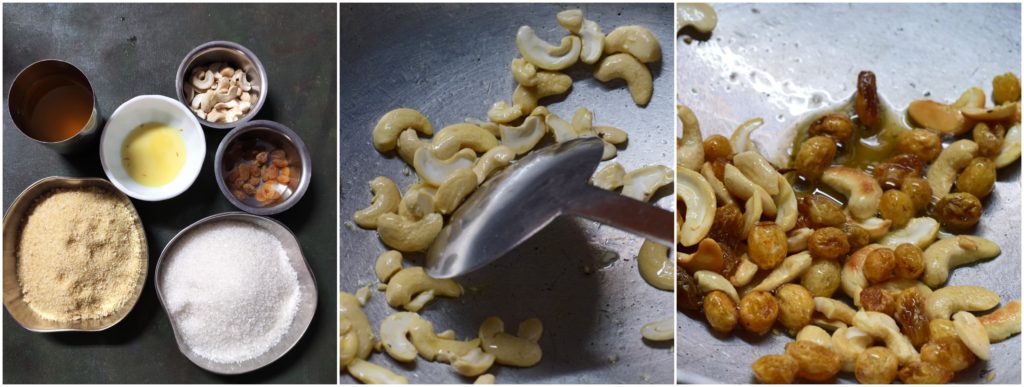This Laddu happened by chance. I have heard “Keddasa” unique festival from our region. But, I never knew the details, how to celebrate and its significance until recently. My interest in digging and reading about it started after seeing my Instagram friend, Akshatha’s post regarding Keddasa – a unique practice of our Tulu Nadu.
Farmers of our region observe Keddasa or Keddaso to honour mother earth and obtain her blessings in the next harvest. They believed that the earth goddess would grant crops in abundance by following the tradition.
Keddasa is observed typically in February, the end of the winter and believed that the earth goddess becomes fertile for farming. Rituals spread in 3 days; those three days are considered a rest for any farming activity to provide rest to mother earth. In this duration, a different offering is also a part of the custom.
A unique dish, known as Kudu -Ari, is made other than the offering. The literal transition of kudu is horse gram, and Ari is Rice. Roasted, powdered horse gram – rice is seasoned with other roasted items; it varies from family to family, such as roasted coconut, peanuts, sesame, Jaggery. Sometimes, the whole moong as well. The perfect way to look after our bone health during the winter months n the name of tradition. How beautiful. To make this Brown rice – Horse gram laddu, I took the inspiration from another traditional unde, known as Thambittu unde, which I shared in my blog, and the recipe is HERE. It is indeed a perfect energy ball or mid-day snack in the winter months, and I loved it.
How I did – Took one small tumbler as a measurement cup.
Here Ready laddu mixture was around 277 grams, and I took 250 grams of Jaggery, and it turned out perfect for our preferred sweet level. You can take equal or a little less.

Ingredients:
Red boiled rice/ matta rice – 1 cup
Peanuts – ½ cup
Horse gram – ¼ cup
Coconut – 1 cup
Sesame seeds – 2 tablespoons
Cardamom powder – 1tsp
Powdered Jaggery – Equal quantity as laddu mixture or little less.
Ghee – 2 to 4 tablespoons
Method:
-Wash rice once or twice, drain the water, let it air dry until it is dry.
-Wash horse gram and let it air dry until it is dry.

-Heat one thick bottomed wok/vessel, add dried rice little by little and roast; it will pop a little and texture will become brittle and a little puffy. Do this procedure in 3 to 4 batches and cool it.
-Dry roast Horse gram as well. When it cools down, make powder in a mixer jar; Sieve this powder and keep it aside.
-Now dry roast, sesame seeds, peanuts, grated coconut until it emits fragrance. Keep aside.
-I did crush the peanuts by using whip mode by using a mixer jar.
-Mix everything, measure the content. If it is 2 cups, take 2 cups of grated Jaggery or a little less than that. If you have a measuring scale, you can measure as well.

-Boil Jaggery put in one cup of water when it melts; sieve this solution to remove any impurities. (Pictorial guide is here)
-Take this liquid and boil further till it reaches one thread consistency. At this stage, you will hear “Tup” “Tup” bubbling sound, too (this is the clue which I have received from the elders)
-When it reaches one thread consistency, mix in the prepared content, ghee, and cardamom powder.
-Mix nicely. At this stage, the mixture will be too wet to handle. So, keep aside for 10 o 15 minutes till the mixture becomes a little dry and ready to handle. When you feel it is ready, take a small amount in hand, make Laddu, and keep it aside.

-When all the mixture gets over, and you have finished the process, store these laddus in an airtight container. This Laddu stays good for long, even at room temperature.










































